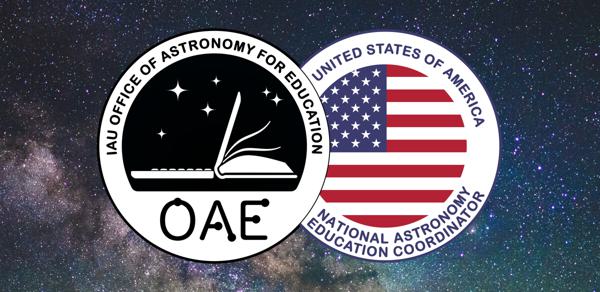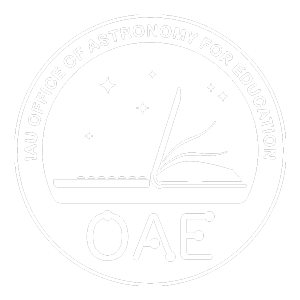Glossary term: Culmination
Description: In astronomy, culmination refers to the moment where a celestial object passes through the observer's local meridian. When a celestial object in the sky crosses the meridian it is at either its highest or lowest point in the sky.
From the observer's perspective the celestial sphere appears to rotate around the Earth. This means that celestial objects on the sky follow a circular path during the course of a day. Most objects rise in the east, move higher in the sky until they cross the meridian, and then move lower in the sky to set in the west. Circumpolar objects are objects that are close enough to one of the celestial poles that an observer could see their full circular path over one sidereal day (a little less than 24 hours). In all cases the highest point in the sky a celestial object reaches is when it crosses the meridian. The instant when it reaches this highest point is referred to as its upper culmination. Twelve (sidereal) hours later, when the object is at its lowest point in the sky (often this is below the horizon), this instant is referred to as its lower culmination.
As culmination is the moment when a celestial object crosses the observer's local meridian it is often referred to as a meridian transit or meridian passage. The hour angle on the sky is defined relative to the observer's local meridian, hence by definition upper culmination happens at an hour angle of zero and lower culmination happens at an hour angle of 12 hours.
Related Terms:
See this term in other languages
Term and definition status: This term and its definition have been approved by a research astronomer and a teacher
The OAE Multilingual Glossary is a project of the IAU Office of Astronomy for Education (OAE) in collaboration with the IAU Office of Astronomy Outreach (OAO). The terms and definitions were chosen, written and reviewed by a collective effort from the OAE, the OAE Centers and Nodes, the OAE National Astronomy Education Coordinators (NAECs) and other volunteers. You can find a full list of credits here. All glossary terms and their definitions are released under a Creative Commons CC BY-4.0 license and should be credited to "IAU OAE".
If you notice a factual error in this glossary definition then please get in touch.








